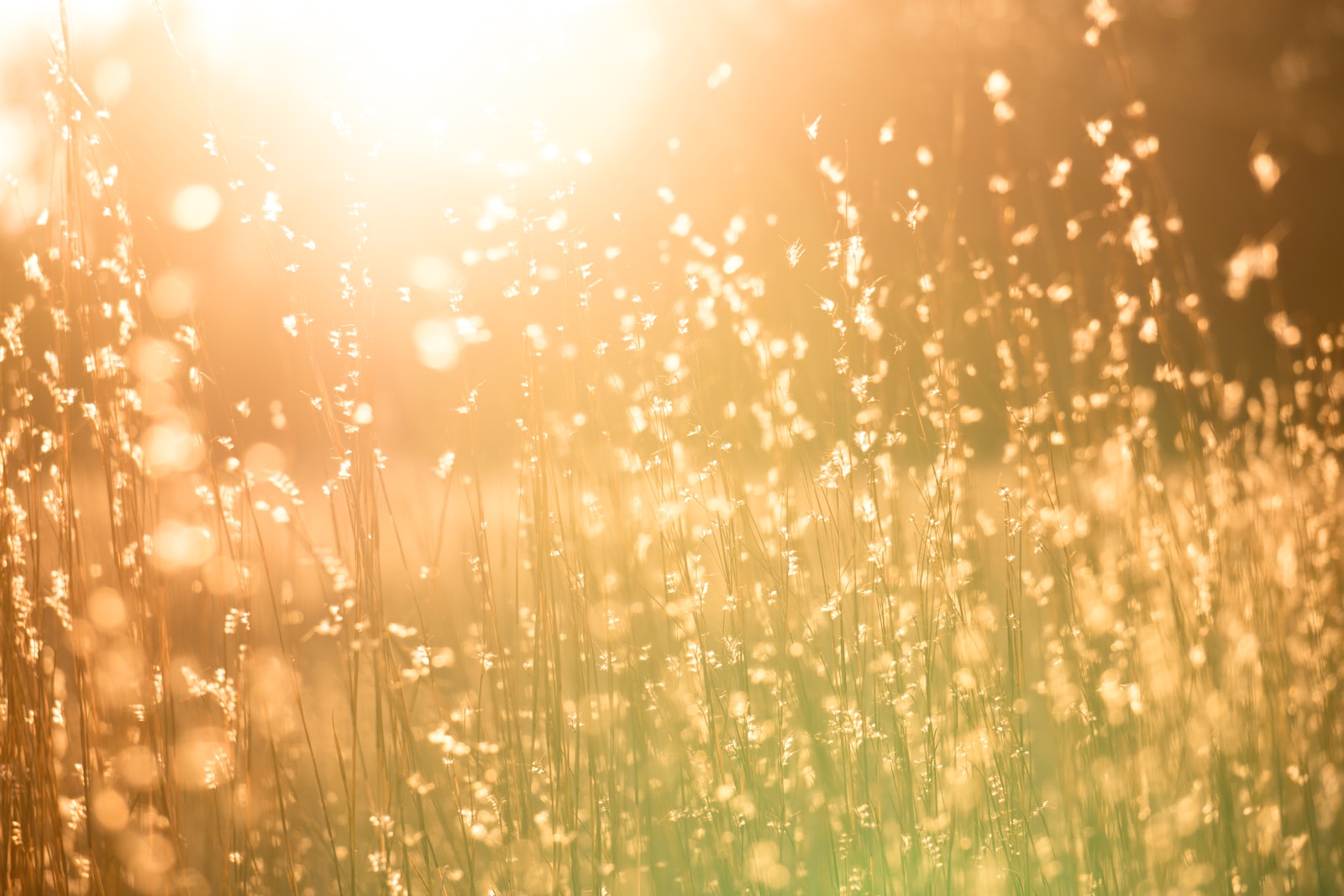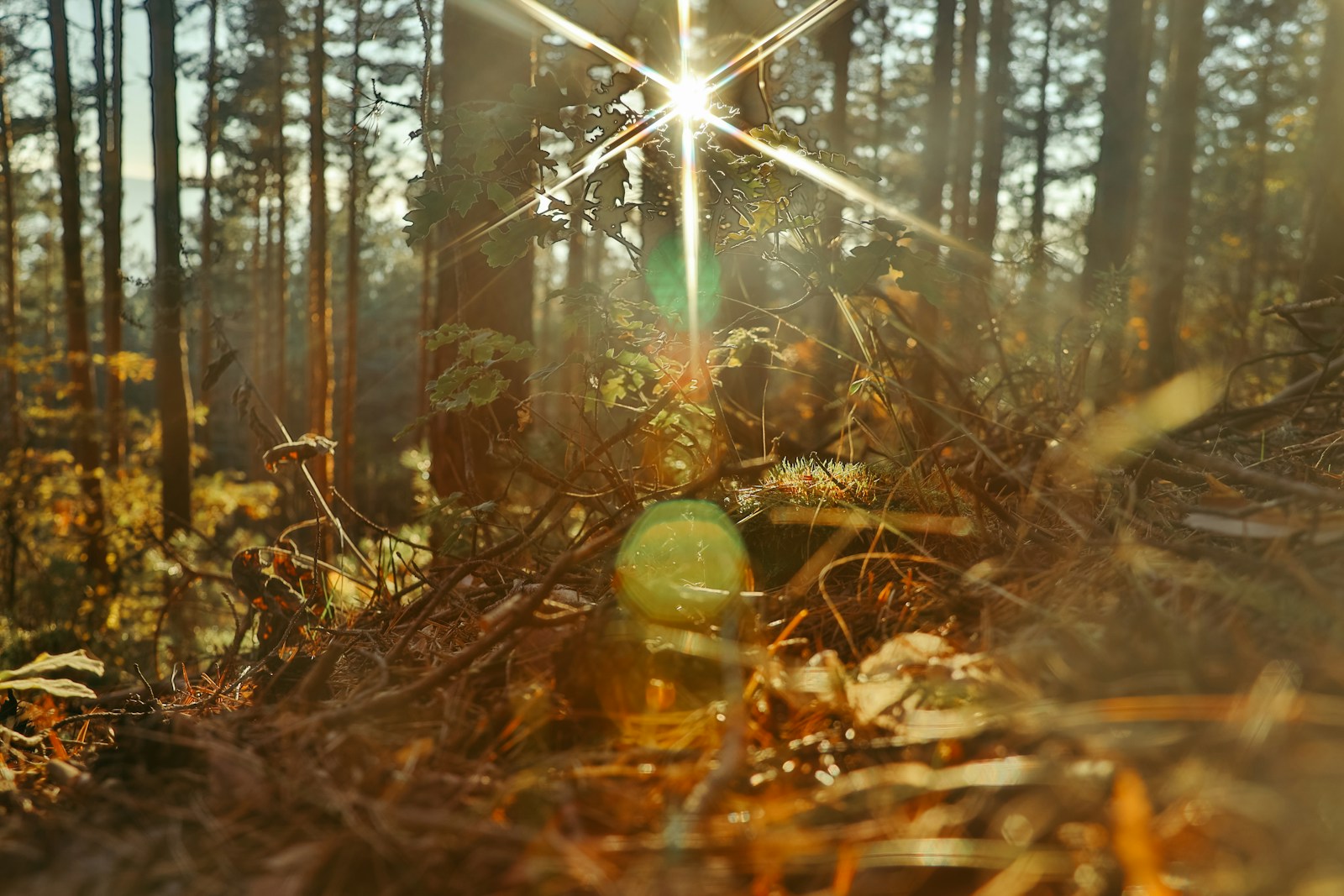Table of Contents
ToggleIntroduction:
This weekend, humanity will experience its brightest moment of the year. Nearly all of the 8 billion people on Earth will be able to see sunlight in the sky at the same time, a rare phenomenon that occurs only once a year. In this article, we’ll explore this event in more detail and provide practical tips for safely observing the sun.
What is the phenomenon?
On July 8 at 7:15 a.m. EDT, around 99% of the Earth’s population will see sunlight in the sky. This equates to approximately 7.9 billion people across North America, South America, Europe, Asia, and Africa. However, for some areas, such as the West Coast of the United States, the sunlight will come in the form of twilight, which appears dark at ground level but still has traces of sunlight in the sky.
How can you safely observe the sun?
It’s important not to look directly at the sun when it is in the sky, as it can cause serious and sometimes permanent eye damage. The only way to safely observe the sun is with the use of a solar filter or a pair of eclipse glasses.
Is this the only time it happens?
According to timeanddate.com, there is a 60-day window when around 99% of the global population experiences daylight at the same time. The period starts on May 18 and runs through July 17, with the exact moment of brightness varying by a few minutes each day. However, this weekend’s event is still an exciting and rare phenomenon for many people.
What is the counterpart to this phenomenon?
The summertime sunshine phenomenon has a darker counterpart that unfolds in the final weeks of the year. There is a period of a few weeks centered around the December solstice when about the same amount of people worldwide experience darkness, with the number fluctuating slightly each day through the end of December and into the start of January. On December 6, roughly 86% of the global population will experience darkness simultaneously, with the sun appearing below the horizon across all of Africa, Europe, and Asia.
Conclusion:
This weekend’s event is a rare and exciting phenomenon that many people will experience. However, it’s important to observe the sun safely and with the proper equipment. Remember, this isn’t the only time when nearly every human will experience some type of daylight simultaneously, but it’s still a unique and special moment for many people.







